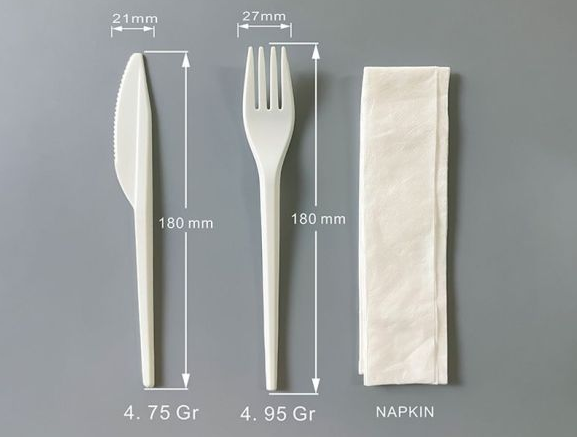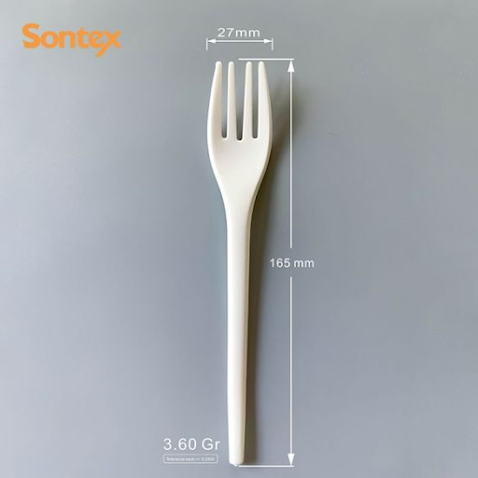Polylactic Acid (PLA): The Environmentally Responsible Plastic
PLA is the talk of the sustainable packaging town. And for good reason, it’s a bioplastic made from renewable, plant-based materials like corn, cassava and sugarcane. This article will dive into PLA bioplastic, how it’s made, the environmental benefits and how it fits into the circular economy.
What is PLA Bioplastic?
Polylactic acid, commonly known as PLA, is a type of polyester derived from renewable biomass, often sourced from fermented plant starch such as corn, cassava, sugarcane, or sugar beet pulp. Although the current feedstock does not pose competition with food production, ongoing research is exploring the utilization of non-agricultural sources.
PLA bioplastics offer substantial and measurable environmental and economic benefits compared to traditional plastics.
How is PLA Made?
Let's delve into the technical details. PLA, a polyester containing the ester group, is formed using two potential monomers or 'building blocks': lactic acid and lactide.
Lactic acid can be generated through the bacterial fermentation of a carbohydrate source under controlled conditions. Common sustainable and renewable sources for this process include corn starch, cassava roots, or sugarcane. Ongoing research aims to develop even more eco-friendly and cost-effective methods for PLA production.
Beyond utilizing the crops themselves, agricultural by-products like stems, straw, husks, and leaves can be processed and employed as alternative carbohydrate sources. This approach enables the utilization of leftover agricultural residue that would otherwise be discarded after harvesting. Residue unsuitable for fermentation can serve as a heat source, contributing to a reduction in the reliance on hydrocarbons derived from fossil fuels.
Advantages and Disadvantages of PLA
Advantages of PLA
1. Industrially Compostable: This makes PLA a more environmentally friendly choice compared to traditional plastics, which could take centuries to break down, eventually contributing to the formation of microplastics.
2. Recyclable: PLA can undergo breakdown to its original monomer through a thermal depolymerization process or hydrolysis. The resulting monomer solution can be purified and used for further PLA production without any loss of quality. While the recycling infrastructure for PLA is not yet widespread, mainly due to the lack of developed end markets for recycled material, recycling PLA holds promise for the future, if not immediately feasible. Currently, composting stands out as the preferred end-of-life option, especially given that foodservice packaging often contains food scraps, rendering recycling impractical.
PLA Disadvantages
While PLA presents numerous advantages and is a viable solution with ongoing technological improvements, it is essential to acknowledge certain drawbacks.
1. Environmental Impact on Land and Water: The cultivation of crops for PLA and the use of fertilizers can have implications for our land and waterways. However, it's important to note that, as of 2019, bioplastics accounted for only 0.016% of total land use, with a projected increase to 0.021% by 2024 (source).
2. Higher Cost: PLA plastic packaging can be more expensive than its conventional plastic counterparts. This is attributed to the additional steps involved in the production process. Nevertheless, as PLA becomes more widely adopted, economies of scale are expected to reduce costs over time.
PLA vs PET
When comparing PLA bioplastic to conventional plastic, the advantages are noteworthy. PLA bioplastic is crafted from rapidly renewable plant starch, whereas virgin PET plastic is primarily derived from finite fossil resources. Furthermore, PLA bioplastic holds certification as industrially compostable (AS4736, EN13432), while PET is recyclable.



评论
发表评论